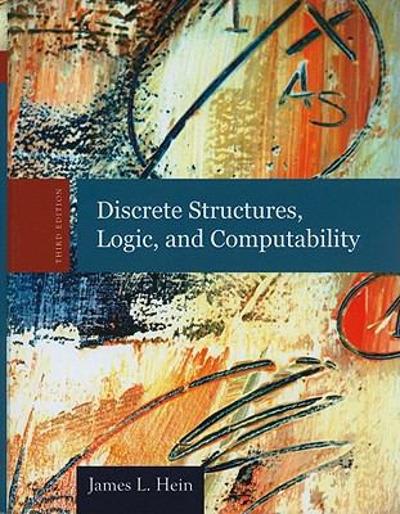Question
A statistician wants to estimate the mean height h (in meters) of a population, based on n independent samples X 1 , . . .
A statistician wants to estimate the mean height h(in meters) of a population, based on nindependent samples X1, . . . ,Xn, chosen uniformly from the entire population. He uses thesample mean Mn= (X1+ . . .+ Xn)/nas the estimate of h, and a rough guess of 1.0 meters for the standard deviation of the samples Xi.
(a) How large should nbe so that the standard deviation of Mnis at most 1 centimeter?
(b) How large should nbe so that Chebyshev's inequality guarantees that the estimate is within 5 centimeters from h, with probability at least 0.99?
(c) The statistician realizes that all persons in the population have heights between 1.4 and 2.0 meters, and revises the standard deviation figure that he uses based on the bound of Example 5.3 in the textbook. How should the values of nobtained in parts (a) and (b) be revised?
Step by Step Solution
There are 3 Steps involved in it
Step: 1

Get Instant Access to Expert-Tailored Solutions
See step-by-step solutions with expert insights and AI powered tools for academic success
Step: 2

Step: 3

Ace Your Homework with AI
Get the answers you need in no time with our AI-driven, step-by-step assistance
Get Started


